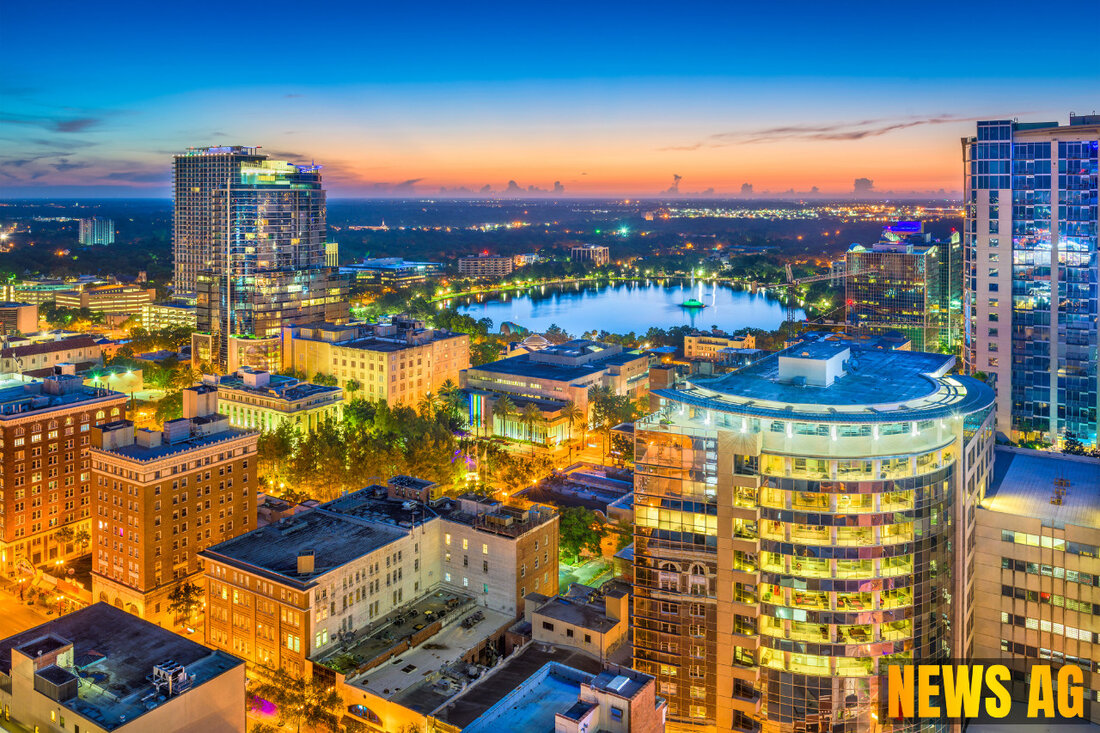Sargassum Surge: Beaches Empty as Seaweed Hits Florida and Caribbean

Atlantic Beach, Florida, USA - As the summer season heats up, it seems that Florida’s beautiful beaches are facing another bout of a familiar foe—Sargassum seaweed. Reports from FOX Weather indicate that this naturally occurring seaweed has surged in the Atlantic, particularly impacting beachgoers across Florida and further afield in the Caribbean. Last year, we witnessed a record invasion, and it looks like this summer may be continuous with significant accumulations, leading some beaches to be eerily empty as people steer clear of the smelly mats of algae.
In Fort Lauderdale, FOX Weather correspondent Brandy Campbell has been on the ground, speaking with concerned beachgoers facing the seaweed blight. Sargassum levels have surged throughout the Atlantic basin, also heavily affecting beach destinations like Puerto Rico, Cozumel, and Mexico’s Yucatán Peninsula. For instance, the coastal town of Ceiba in Puerto Rico has been hard-hit, with its beaches transformed into sprawling patches of brown algae. Interestingly, it’s a short drive to other beaches that remain pristine, highlighting the unpredictable nature of where this seaweed ends up.
The Yucatán’s Proactive Measures
In response to these challenges, the Mexican government has announced a more proactive approach in 2025 to monitor and manage Sargassum growth, primarily to safeguard tourist activity along its beautiful coastline. Cleaning crews have already made headway in areas that are frequently visited, doing a good job of mitigating the impact of this invasive algae.
But what’s Sargassum all about? It’s more than just an eyesore. While excessive amounts can cause issues for tourists and residents alike, health experts note that it’s generally not harmful to humans. Occasionally, contact with some marine life within the seaweed can lead to skin irritations. Nevertheless, Sargassum serves as a crucial habitat for many marine species, including endangered sea turtles, which depend on it for food and shelter as they grow.
This natural wonder also plays its part in beach health. Sargassum contributes to shoreline stability and can help replenish areas eroded by storms. As Miami-Dade County leverages its resources to keep beaches clean, daily removal efforts become essential each Sargassum season. According to the Miami-Dade County Parks, Recreation and Open Spaces Department, clean-up crews are ready on the frontlines to tackle this increasing issue, ensuring beachgoers can enjoy the sands with minimal interruption.
Sargassum in the Turks and Caicos
Interestingly, as of June 2025, the Turks and Caicos is experiencing relatively low Sargassum levels. Beaches such as Grace Bay and Leeward Beach remain largely clear, allowing visitors to soak in the sun without the nuisance of seaweed. Even places like Long Bay Beach do face some mild accumulations due to breezy conditions; however, it’s a far cry from the invasion experienced elsewhere. Most beaches here handle Sargassum well, managing to maintain their appeal for tourists.
The primary source of Sargassum in the tropical Atlantic stems from the Sargasso Sea. Warmer ocean temperatures and nutrient runoff from agricultural activities have been implicated in the growing scale of these blooms. Seasonal patterns show that summer months yield higher visibility of Sargassum, and as we head into this time, it’s critical to stay informed about its potential impact on the beaches we cherish.
This blend of ecological benefit and nuisance positions Sargassum at a unique crossroads. It can aid in coastal growth while also leading to unwelcome beach days filled with unpleasant odors. As summer sweeps over us, we are reminded just how essential it is to balance nature’s quirks—both the gifts and challenges that come with living in our stunning coastal paradise.
| Details | |
|---|---|
| Ort | Atlantic Beach, Florida, USA |
| Quellen | |
